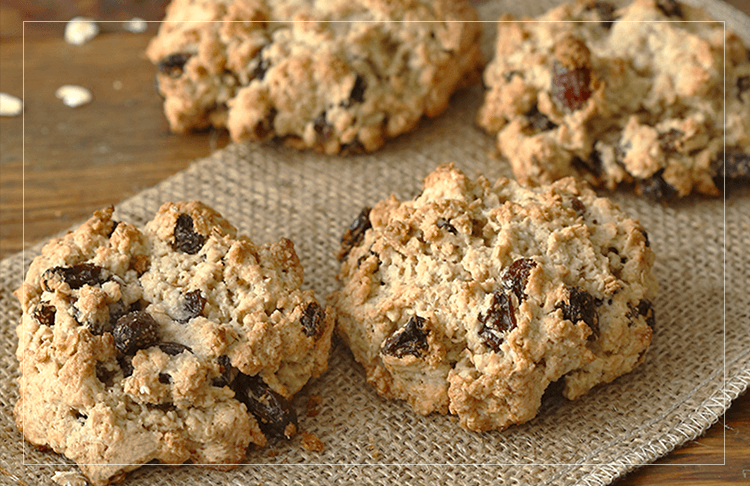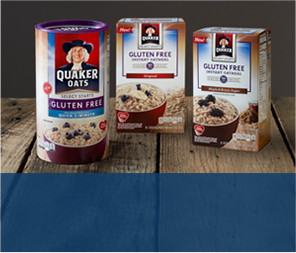Tips for Shopping for Whole Grains
Here are some simple tips you can use to find healthful whole grain foods.
Read the ingredient statement and nutrition label.
Just because a loaf of bread is a rich brown color and looks hearty does not mean that it is whole grain or high in fiber. Taking a few moments to scan the ingredients list will help reveal the true nature of the grains found in the food. You should look for one of the following whole grains typically as the first item in the ingredients list:
- Whole or rolled oats (regular, quick, or instant)
- Brown or wild rice
- Whole wheat
- Whole grain corn
- Buckwheat
- Bulgur (cracked wheat)
- Quinoa
Watch out for misleading ingredient names.
Now that you know which ingredients are whole grains, it’s important that you learn to watch out for ingredients that do not mean whole grain. Keep an eye out for and take a closer look at the following ingredients when you are looking for whole grain foods:
- 100% wheat. This means that the only grain found in the product is wheat. This doesn’t necessarily mean that it contains whole wheat, however.
- Stone ground. This term refers to a technique for grinding grains. It means that the grain is coarser in texture and the germ is left intact. The bran portion of the grain may or may not be included, however, and therefore the product may not be whole grain.
- Multigrain. The word multi-grain simply refers to the fact that more than one grain was used in the product. The grains that were used may or may not have been whole grains.
- Pumpernickel. This is a coarse, dark bread that contains rye and wheat flour. It does not, however, usually contain whole grain flour as the primary ingredient.


No-fuss breakfasts for
on-the-go mornings

No-fuss breakfasts for
on-the-go mornings
MAKE OVERNIGHT OATS



